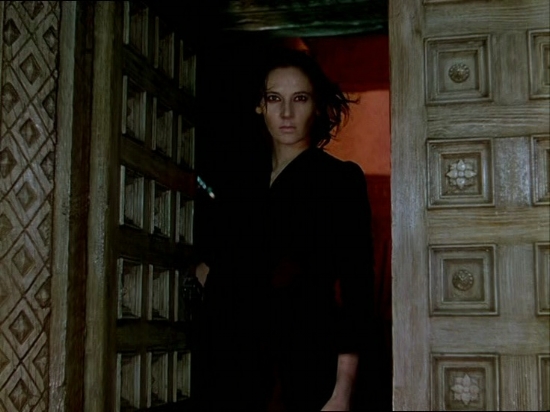‘Trying to Trap the Fact’: The Distorted Truth of Francis Bacon
Head VI
‘We are all animals if you care to think about it. It’s just that some people are more aware of the fact than others.’
Francis Bacon
I recently visited an excellent exhibition of the work of Francis Bacon. (‘Man and Beast’ is at the Royal Academy, London until 17 April.)
It was an unsettling experience.
Bacon painted crucified carcases, snarling Furies, beast-people caught in cuboid cages; dogs, chimpanzees and owls trapped and snared, howling and baying; bullfights, bestial heads and screaming Popes; writhing, twisting, tormented lovers; butchered meat, muscle and sinew, blood and bone.
‘We are meat, we are potential carcases.’
Bacon’s work was all physical pain and mental anguish; violence and voyeurism. He wanted to convey to us that the veneer of civilisation is thin and fragile; that we are driven by carnal impulses; that we are essentially beasts. He revealed the animal within, caught between rage and fear, in tortured isolation. His aim, he said, was to ‘unlock the valves of feeling and return the onlooker to life more violently.’
Sometimes the horror in his paintings is brought home by the presence of the everyday: of flowers, umbrellas and hats; of chaises longues and tubular steel furniture. (Bacon spent a brief period in the late 1920s as an interior designer.) This is the banality of evil.
‘Most people live a kind of veiled life and tend to disguise what they are, what they want, what they really feel.’
Fragment of a Cucifixion
Bacon’s fascination with man’s animal nature and his dark vision of life were perhaps shaped by his upbringing in County Kildare, Ireland. Born in 1909, he was the son of a retired army officer who trained horses, had a violent temper and a taste for field sports. The young Bacon suffered from chronic asthma, a condition that was triggered and amplified by contact with animals.
‘The whole horror of life, of one thing living off another.’
No doubt Bacon was also influenced by the slaughter of World War I; by the debauchery he saw in the clubs, bars and brothels of Berlin and Paris between the wars; by his time spent as an ARP warden during the Blitz, recovering bodies from London bomb sites; by consciousness of the Holocaust and the atom bomb; by his trips to the bush in southern Africa; by his adventures in the dark alleys of Soho.
‘I have looked at books of wild animals… because those images excite me and every so often one of them may come up to me and suggest some way to use the human body.’
Bacon was also inspired by his diverse interests. He was an enthusiast for art history, admiring Michelangelo, Velazquez, Rembrandt and Goya. He treasured Eadweard Muybridge’s pioneering studies of animal motion. He read anatomical texts and medical manuals, magazines of wildlife photography and books on big game hunting and bullfighting. He had a passion for Egyptology and classical literature.
‘Reading translations of Aeschylus opens up the valves of sensation for me.’
Study of a Dog 1952
Bacon channelled all this stimulus into his work. For example, his repeated representations of a primal scream were informed by Poussin’s ‘Massacre of the Innocents’ and the terror-stricken shriek of the nursemaid in Eisenstein’s ‘Battleship Potemkin.’
‘I did hope one day to make the best painting of the human cry.’
I was particularly struck by the lateral leaps Bacon took from inspiration to execution. A 17th century Velasquez painting of Pope Innocent X, in all his pomp and power, becomes an expression of existential pain and panic. A barn owl in flight becomes a crucified figure. A diving pelican becomes a Fury. Two wrestlers become two lovers.
There is a lesson for us all here. We should not expect inspiration to be literal and logical. Rather it catches us off guard, from out of left field. It creeps up on us where and when we least expect it. We often talk about creative leaps. Strategists must leap too.
At first Bacon’s work seems all contorted, twisted and warped. But then we realise that with all this distortion he is seeking to capture a brutal truth about sensation. What he is saying is crystal clear.
‘I think the very great artists were not trying to express themselves. They were trying to trap the fact.’
'I never thought that this day would ever come
When your words and your touch just struck me numb.
Oh and it's plain to see that it's dead.
The thing swims in blood and it's cold stoney dead.
It's so hard not to feel ashamed
Of the loving, living games we play
Each day.
The hardest walk you could ever take
Is the walk you take from A to B to C.’
The Jesus and Mary Chain, 'The Hardest Walk’ (J & W Reid)
No. 360













